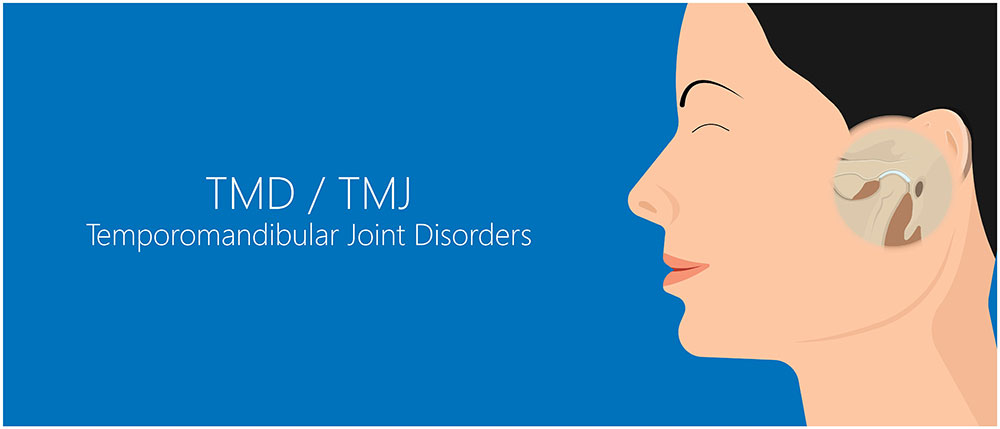What are the main differences between TMJ and TMD? If a person is suffering from jaw pain, he or she could be diagnosed with TMJ or TMD. While these two conditions are often used interchangeably, they are actually quite different. If you believe that you may suffer from TMD or TMJ, here are a few things you need to remember about both conditions:
TMJ And TMD Are Two Different Things
Firstly, let’s clear up a misconception many people have about TMJ and TMD: they are not the same things. Short for ‘temporomandibular joint’, TMJ is the small, fragile joint that links the skull to the jaw. On the other hand, TMD refers to ‘temporomandibular joint disorder’. TMD affects several different issues that can lead to problems with your temporomandibular joint (TMJ). TMD refers to the conditions and problems that can impact the functionality of the TMJ, while TMJ simply refers to the joint itself.
Understanding The Temporomandibular Joint (TMJ)
The TMJ is a very tiny and fragile joint, which is situated just next to each of a person’s ears. It links the jaw to the skull and allows the person to open the mouth, speak, and chew. Due to its sheer size and delicate nature, this joint can easily be damaged, irritated, or inflamed. If this happens, the jaw will stop functioning smoothly. Those who have this problem may have difficulties speaking, chewing, or opening their mouth. They will experience a lot of pain and discomfort.
You can choose from a variety of options available to treat TMJ disorders and the pain it brings. Splints, physical therapy, and injections are used to treat the condition and relieve pain. A splint is used to reposition the jaw without pain and helps to strengthen facial muscles – which help in maintaining the position of the jaw in the long run. Muscle or joint injections, meanwhile, provide fast relief of chronic muscle spasms from various headache triggers, like TMJ. Lastly, hot or cold therapy does the job of stretching and strengthening the jaw joints, muscles, and ligaments. It must be conducted throughout splint treatment.
Understanding The Temporomandibular Joint Disorder (TMD)
TMD is a condition that refers to the numerous disorders that affect the TMJ. Factors that cause damage to the TMJ include: injuries or due to excessive nightly teeth grinding or gum chewing, inflammation, infection, or even the worsening of autoimmune diseases like arthritis. Typically, TMD is characterized by symptoms like pain in the face and jaw, tenderness of the jaw muscles, the locking or clicking of the jaw when it moves, muscle spasms, and difficulty when chewing.
TMD is categorized into two types: arthrogenous (jaw joint generated pain) and myogenous (muscle generated pain). The discomfort or pain may be felt abruptly or progress over months with sporadic intensity and frequency.
Need Treatment For TMD? Contact Head Pain Institute Today!
If you are suffering from a TMJ disorder, or you require help to treat your jaw dysfunction and correct your bite, Head Pain Institute is here to help. Contact 480 945 3629 to schedule an appointment with a doctor today!




